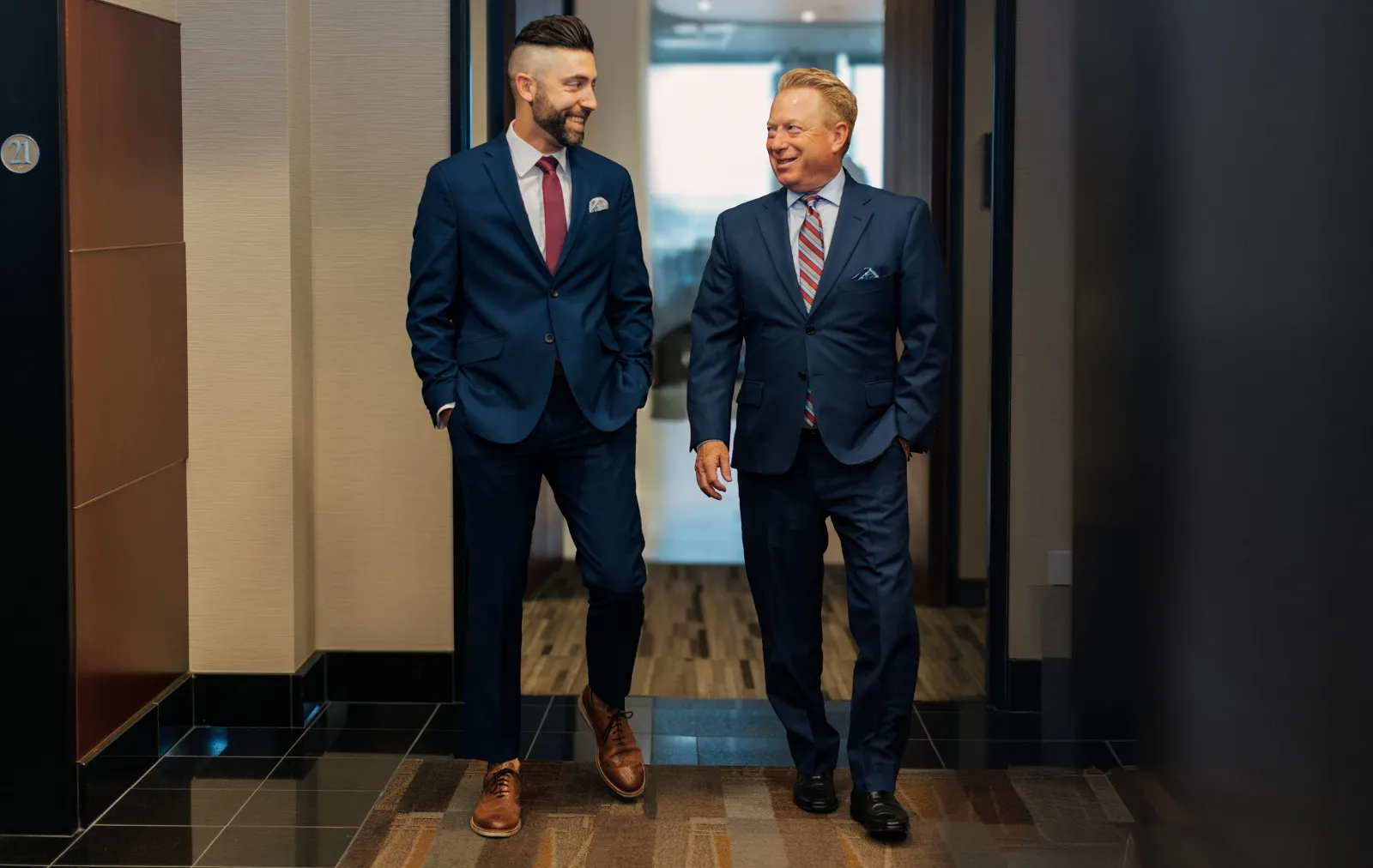As a driver in Minnesota, you may share the road with many uninsured and underinsured drivers each day without realizing it. Despite Minnesota law requiring all drivers to maintain certain amounts of automobile insurance, many negligently choose to drive while uninsured. If you get involved in a car accident with an uninsured driver in Minneapolis, it is important to understand your legal rights and financial recovery options.
What Are Minnesota’s Auto Insurance Requirements?
Every motor vehicle driver in Minnesota is required to carry adequate car insurance to show proof of financial responsibility. Since Minnesota is a no-fault car insurance state, drivers must have certain types of first-party insurance, including at least $40,000 in personal injury protection (PIP) coverage. PIP insurance pays for a driver’s own losses, regardless of fault.
Other mandatory types of car insurance under Minnesota law are at least $30,000 in bodily injury coverage per person, $60,000 in bodily injury coverage for two or more people (per accident), and $10,000 in property damage liability insurance. Liability insurance pays for the losses of others when the policyholder causes a serious accident that allows the victim to sue outside of Minnesota’s no-fault system.
Uninsured and Underinsured Motorist Insurance
The final types of required insurance are uninsured motorist (UM) and underinsured motorist (UIM) coverage. These pay for the policyholder’s losses in the event that the at-fault driver is uninsured or does not have enough insurance to completely cover the victim’s losses. The required amounts of both UM and UIM insurance are $25,000 per person and $50,000 per accident.
Who Pays for a Crash When the At-Fault Driver Is Uninsured?
If a driver in Minnesota breaks the law by operating a motor vehicle without adequate car insurance, an injured victim can turn to other sources to pay for medical expenses, property repairs, lost wages, and pain and suffering. Take the following steps to pursue full financial compensation after a crash with an uninsured driver.
File a First-Party Insurance Claim
Minnesota’s no-fault laws mean you should have PIP, UM and UIM coverage available to pay for your losses after a crash with an uninsured driver. Contact your own car insurance carrier to inquire about your coverage and file a first-party claim. Explain that the other driver involved is uninsured or underinsured. Your policy should provide primary coverage for your losses.
Hold a Third Party Liable
A “third party” refers to a person or entity outside of the direct accident. If a vehicle contained a defective part that contributed to your injuries, for example, you may be able to file a product liability claim with the part manufacturer. Other possibilities include the driver’s employer, a rental car company, a rideshare company, a trucking company or the government for unsafe road conditions.
Sue the Uninsured Driver
Finally, you could file a lawsuit directly against the at-fault driver to hold him or her personally liable for your losses. However, a driver who doesn’t have car insurance likely also does not possess the personal assets to pay for your damages out of pocket.
What You Can Do to Help Your Claim
In 2021, a study by the Insurance Information Institute found that almost 10 percent of drivers in Minnesota drive without insurance. If you get involved in a car accident with one of these drivers, you may have one or more sources of financial compensation available to you. However, uninsured motorist accident cases can be complex. An insurance company, even your own provider, may try to diminish your payout or make it harder to recover the compensation you need without the other driver’s insurance available. You can improve your odds of success by hiring an experienced Minneapolis car accident lawyer to represent you early on in your claim.




